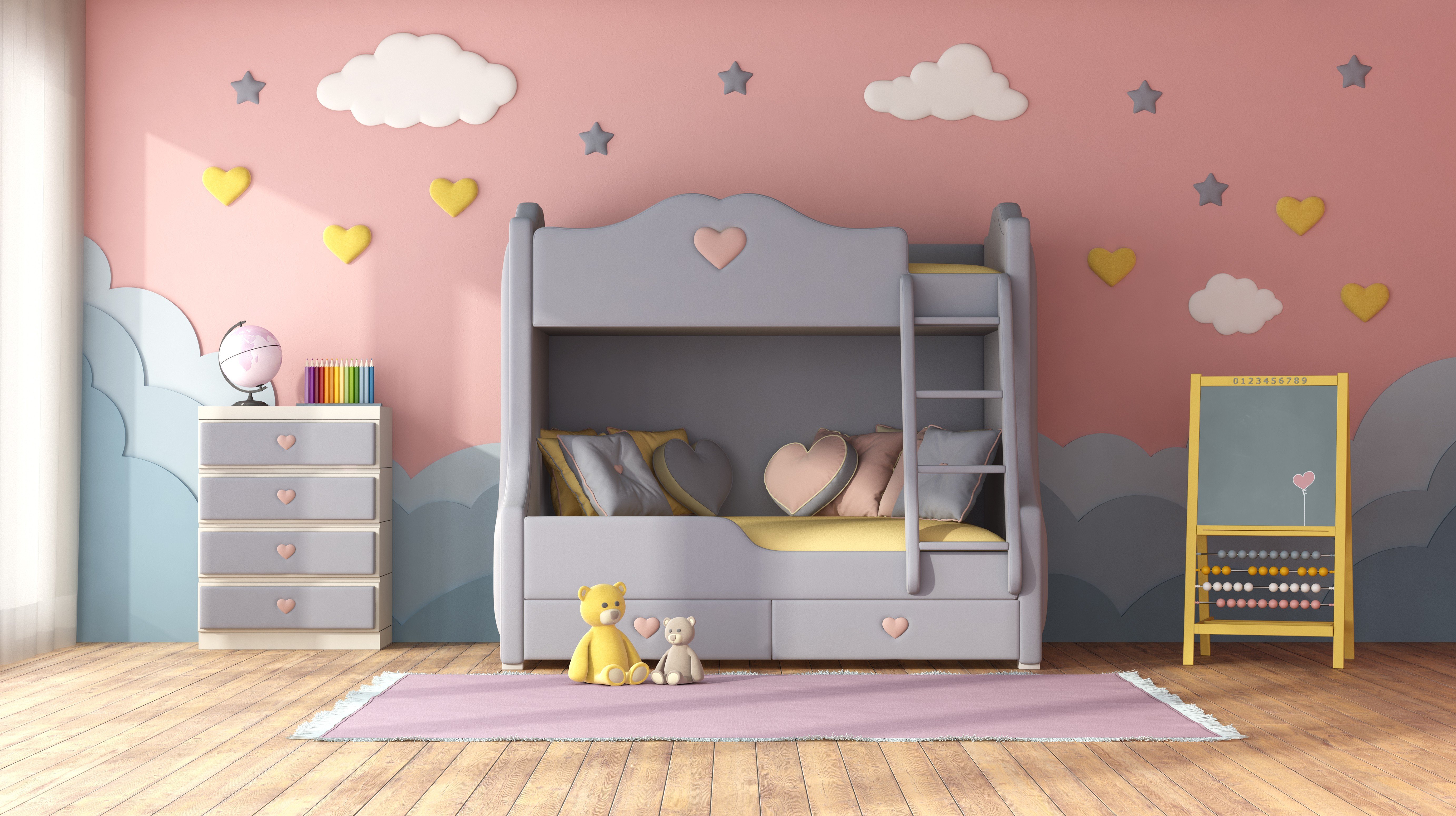Exploring Bunk Beds: A Comprehensive Guide
Bunk beds have actually long been a staple in kids's bed rooms, dorm rooms, and even homes with minimal space. Not only do they supply a useful sleeping option, but they also produce a fun and creative environment for children and a great space-saver for adults and families. This post will check out whatever you need to learn about bunk beds, from types and products to safety pointers and purchasing recommendations.
Table of Contents
- Kinds Of Bunk Beds
- Conventional Bunk Beds
- Loft Beds
- Triple Bunk Beds
- L-Shaped Bunk Beds
- Material Options
- Wood
- Metal
- Security Considerations
- Buying Guide
- FAQs
Types of Bunk Beds
Bunk beds come in various designs to match various needs and choices. Here's a breakdown of the most typical types:
Conventional Bunk Beds
Traditional bunks normally feature 2 beds stacked vertically on top of one another. These beds are ideal for siblings sharing a room or for taking full advantage of sleeping space in visitor rooms.
Loft Beds
Loft beds stand likewise to traditional bunk beds however do not have a lower sleeping location. Rather, Space Saving Bunk Beds integrate a desk or seating area below, making them a great option for small rooms needing multifunctionality.
Triple Bunk Beds
Triple bunk beds are created for 3 occupants, with beds stacked in a three-tier setup. These are less common however can be a fun option for big families or slumber parties.
L-Shaped Bunk Beds
With one bed positioned horizontally and the other vertically, L-shaped bunk beds are typically equipped with additional functions such as desks or storage drawers and can match corner spaces in a space.
Comparison of Bunk Bed Types
| Bed Type | Ideal Use | Description |
|---|---|---|
| Standard | Shared bedrooms or visitor spaces | 2 beds stacked vertically |
| Loft | Little spaces needing multi-purpose space | Upper bed with open space beneath |
| Triple | Big households or sleepovers | Three beds stacked vertically |
| L-Shaped | Corner or flexible spaces | A mix of vertical and horizontal beds |
Product Options
Bunk beds are produced from various materials, with wood and metal being the most common. Each product has its advantages and disadvantages.
Wood
- Durability: Generally robust and can endure years of use.
- Visual Appeal: Offers a classic look that can mix with different decors.
- Weight Capacity: Typically stronger; can support much heavier weights.
- Disadvantages: May be more pricey than metal choices and can be prone to scratches.
Metal
- Sturdiness: Generally light-weight and simple to move but still strong.
- Modern Design: Often can be found in sleek designs, making it appealing for contemporary spaces.
- Cost-efficient: Usually more economical than wood choices.
- Disadvantages: Can be cold to the touch in winter seasons and may not have the same aesthetic appeal for some buyers.
Security Considerations
When it comes to bunk beds, security can not be overlooked. Here are crucial safety suggestions to keep in mind:
- Guardrails: Ensure that the top bunk has guardrails on both sides to avoid falls.
- Tough Construction: Check for a strong construct and tough materials to stand up to weight and movement.
- Weight Limit: Adhere to the manufacturer's weight limitation for both the upper and lower bunks.
- Ladder Design: Choose bunks with a safe, easy-to-climb ladder and avoid any sharp edges or rungs.
- Age Restrictions: Most manufacturers recommend that kids under the age of six must not sleep in the upper bunk.
Buying Guide
When searching for bunk beds, think about the following elements to find the very best suitable for your needs:
- Space Availability: Measure the room size and ceiling height, guaranteeing there is adequate space for the leading bunk.
- Bed Size: Decide in between twin, complete, or larger sizes based upon your requirements and the size of the space.
- Style Preference: Consider the general decoration of the bed room to discover an appropriate design.
- Ease of Setup: Look for a bunk bed that is simple to assemble.
- Budget plan: Bunk beds are available in different rate ranges, so identify a spending plan before starting your search.
FAQs
1. What is the advised age for kids to sleep on the leading bunk?
Kids aged six and older are usually recommended to sleep on the leading bunk to lessen the danger of falls.
2. How can I make my bunk bed safer?
To enhance security, guarantee guardrails are appropriately installed and inspect that the bed is put on a flat surface. Furthermore, encourage children to utilize the ladder thoroughly.
3. Can I transform a bunk bed into 2 different beds?
Lots of bunk beds are designed to be convertible. Check the maker's specifications for convertibility features.
4. What devices are available for bunk beds?
Typical devices consist of beddings, storage drawers, staircases instead of ladders, and tented canopies for a fun visual appeal.
5. How do I keep my bunk bed?
Regular checks for loose screws or structural integrity can assist make sure safety. Dust the bed routinely and clean spills without delay to keep the products in good condition.
Bunk beds are flexible and a space-efficient solution for various living circumstances, from children's spaces to visitor lodgings. With numerous designs and materials available, possible purchasers have a wealth of choices to think about, guaranteeing a mix of usefulness and aesthetic appeals. By prioritizing security and following the pointers described in this guide, individuals can find the right bunk bed that suits their space and way of life, all while producing a satisfying sleeping environment.

